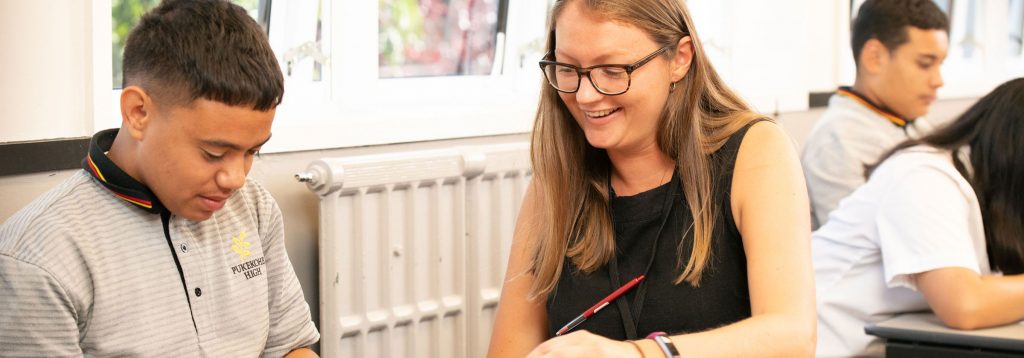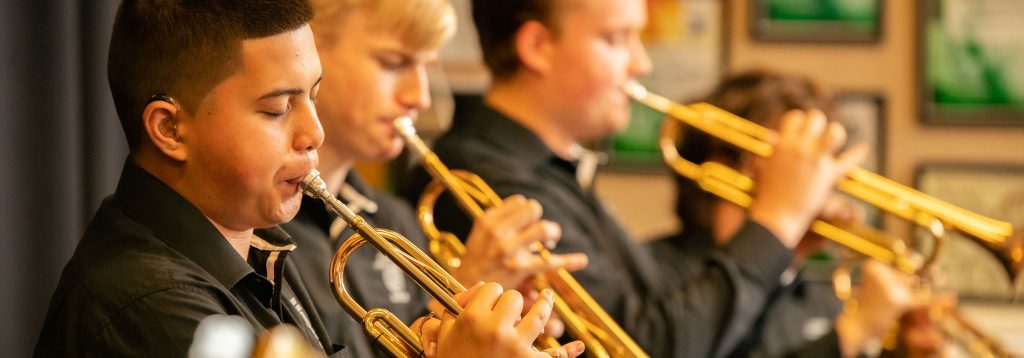
Health and PE
He oranga ngaakau, he pikinga waiora.
In health and physical education, the focus is on the well-being of the students themselves, of other people, and of society through learning in health-related and movement contexts.
About Health and Physical Education
Possible Future Pathways
Physical Education:
Teaching, fitness industry, sports coaching, sport and recreation, armed forces, police personal trainer, physiotherapist.
Health:
Nursing, medicine, law, politics, social sciences, education.
Why study in this learning area?
Through learning and by accepting challenges in health-related and movement contexts, students reflect on the nature of well-being and how to promote it. As they develop resilience and a sense of personal and social responsibility, they are increasingly able to take responsibility for themselves and contribute to the well-being of those around them, of their communities, of their environments (including natural environments), and of the wider society.
This learning area makes a significant contribution to the well-being of students beyond the classroom, particularly when it is supported by school policies and procedures and by the actions of all people in the school community.
How is the learning area structured?
The learning activities in health and physical education arise from the integration of the four concepts above, the following four strands and their achievement objectives, and seven key areas of learning.
The four strands are:
- Personal health and physical development, in which students develop the knowledge, understandings, skills, and attitudes that they need in order to maintain and enhance their personal well-being and physical development.
- Movement concepts and motor skills, in which students develop motor skills, knowledge and understandings about movement, and positive attitudes towards physical activity.
- Relationships with other people, in which students develop understandings, skills, and attitudes that enhance their interactions and relationships with others.
- Healthy communities and environments, in which students contribute to healthy communities and environments by taking responsible and critical action.
The seven key areas of learning are:
- mental health
- sexuality education
- food and nutrition
- body care and physical safety
- physical activity
- sport studies
- outdoor education.
All seven areas are to be included in teaching and learning programmes at both primary and secondary levels.
Note that:
- it is expected that schools will consult with their communities when developing health and sexuality education programmes
- it is expected that all students will have had opportunities to learn basic aquatics skills by the end of year 6 and practical cooking skills by the end of year 8
- outdoor education programmes must follow safe practice and meet legal requirements.
Health and physical education encompasses three different but related subjects: health education, physical education, and home economics. These subjects share a conceptual framework and achievement objectives.
Health Education
In health education, students develop their understanding of the factors that influence the health of individuals, groups, and society: lifestyle, economic, social, cultural, political, and environmental factors. Students develop competencies for mental wellness, reproductive health and positive sexuality, and safety management, and they develop understandings of nutritional needs. Students build resilience through strengthening their personal identity and sense of self-worth, through managing change and loss, and through engaging in processes for responsible decision making. They learn to demonstrate empathy, and they develop skills that enhance relationships. Students use these skills and understandings to take critical action to promote personal, interpersonal, and societal well-being.
Physical Education
In physical education, the focus is on movement and its contribution to the development of individuals and communities. By learning in, through, and about movement, students gain an understanding that movement is integral to human expression and that it can contribute to people’s pleasure and enhance their lives. They learn to understand, appreciate, and move their bodies, relate positively to others, and demonstrate constructive attitudes and values. This learning takes place as they engage in play, games, sport, exercise, recreation, adventure, and expressive movement in diverse physical and social environments. Physical education encourages students to engage in movement experiences that promote and support the development of physical and social skills. It fosters critical thinking and action and enables students to understand the role and significance of physical activity for individuals and society.


